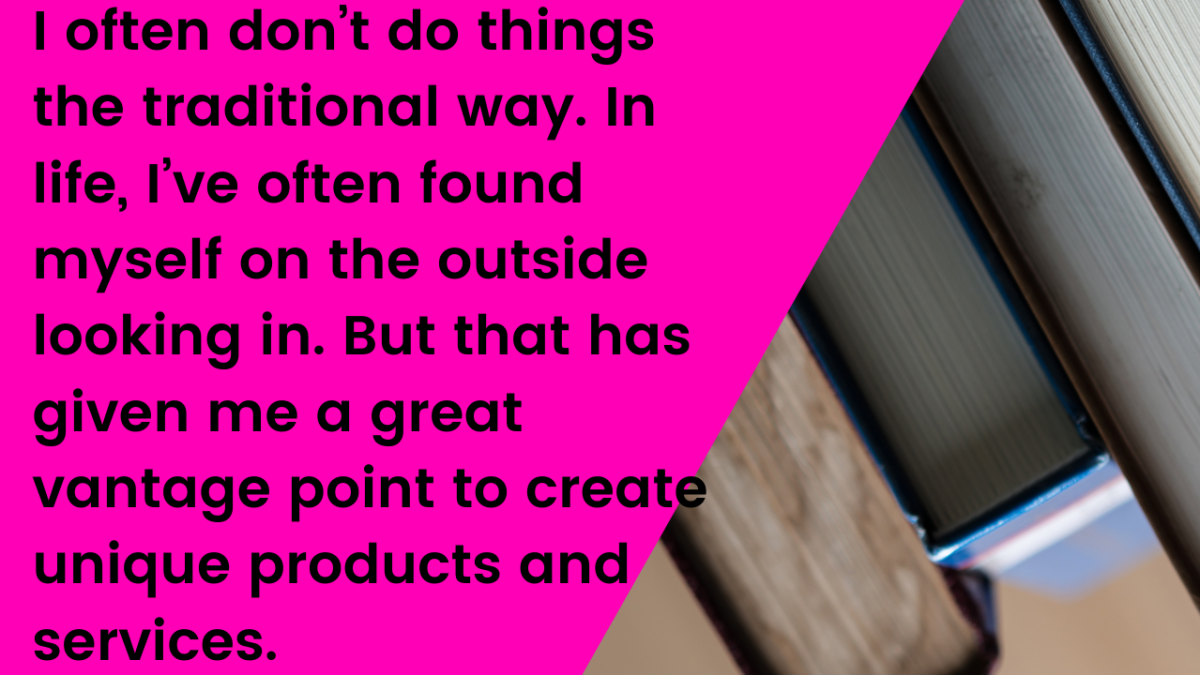How I Came to Teach Courses Based On Summaries of Several Books

How I came to teach courses based on summaries of several books was accidental at first.
Yesterday, I wrote about “5 Things You Didn’t Know About Book Summaries.” Today, I’ll share my journey on “How I Came to Teach Courses Based On Summaries of Several Books.” I know, I know you’re thinking, how can someone use book summaries to create courses? The simple answer is that
I often don’t do things the traditional way. In life, I’ve often found myself on the outside looking in. But that has given me a great vantage point to create unique products and services.
Let me introduce myself! My name is Avil Beckford, and I cannot remember a time in my life when I didn’t enjoy reading. In fact, in high school, I used my allowance to buy books and magazines that I couldn’t wait to devour. Back in the day, by the time the magazines reached Jamaica, they were three months old. That didn’t make a difference to me. I enjoyed them just the same. Some stories in the magazines were serialized and I couldn’t wait to get my hands on the next issue the following month.
Goal to Get More People Reading
Fast-forward to 2004, I started a monthly newsletter, Ambeck Edge, and one section included a book summary, often of books off the beaten path. My intention of including the book summary was to get more people reading books.
A major fail was that instead of reading the books, my readers only read the summaries. My readers kept on telling me that the book summaries were so good that’s all they needed. Although the comments were compliments, it didn’t make me feel good, because I hadn’t achieved my goal of getting professionals to read more books.
Teach My Readers Through My Book Summaries
Though it wasn’t planned, looking back, I was using book summaries to teach people in a very unstructured way. People were learning a lot through my writing book summaries. Fast-forward again, about five years ago, I decided that I was going to create book summaries for sale. The problem was that at the time, the book summary market seemed saturated, and I lost my interest in creating book summaries for sale. I continued to summarize books on my website blog, The Invisible Mentor.
My Journey to Creating Alternative to Book Summaries for Sale
Shortly after that though, I read the article, “HIT: Heuristic Ideation Technique. A Systematic Procedure for New Product Search,” which was mentioned in the book, Gamestorming. Two years later, I started writing for the United Church of Canada’s Mandate magazine. And one of the things they wanted me to do was to create Book Study Guides. The organization provided me with a template to use when creating the Study Guides.
The Role the United Church of Canada Played in My Journey
Sometimes the path you take in life is not a straight one. The reason the United Church of Canada wanted me to write Book Study Guides is my history of writing book summaries. You never know how what you do can impact others as well as yourself. I re-read the Heuristic Ideation Technique article to understand how to use the model to generate new product ideas.
I started to play around with the model. After the third iteration of using the model, I came up with version Bookish Notes 1.0. Writing down something on paper doesn’t necessarily work that way in real life when you test it. Additionally, more than a decade ago, I created a book summary template. Combining the template with what I had learned from creating Book Study Guides for the United Church, I came up with Bookish Notes 2.0.
The Road to Innovation is Filled With Combinations of Old Elements
I kept on referring to comments and feedback people had given me over the years, so I could create something worthy of another’s time and attention. I had to evolve the template a few times into what I’m now using to create the courses. A big thing for me is acting on what I learn. Many of the bookish notes I create, not all of them, have a workbook section, so people can use their newfound knowledge in the real world.

Diversity in Thought Critical to Learning Success
One of the best ways to learn a skill or lay the foundation for a topic of interest is to read books. And if you noticed, I said books and not a book. That was intentional. You need to read at least five books. If you remember from yesterday, I mentioned that a book summary is someone’s distillation of the book based on what he or she considers essential information.
What often happens is that there’s an information gap between what’s in the book summary and what you need to solve problems or answer questions. My workaround for this was to combine several Bookish Notes by themes to create courses. This enables the learner to close the information gap while getting different perspectives on a topic of interest. I haven’t seen any organization providing this specific service.
And even if they did, their product would still be different from mine because of the Bookish Notes that I combine. I’m not competing with book summary services, but instead, I’m carving out a niche for myself. I still recommend that professionals read books, but now I know that when they use what I’ve created, they’ll be getting a lot that when they use a regular book summary service.
Join Art of Learning: Growing Professionally, Realizing Your Potential Today!
Categories: : Reading, book summaries, training
 Avil Beckford
Avil Beckford 